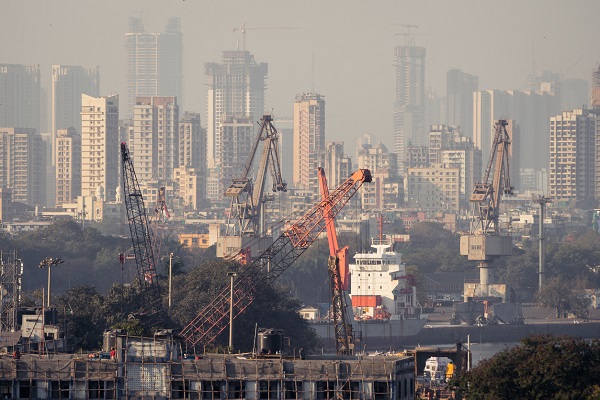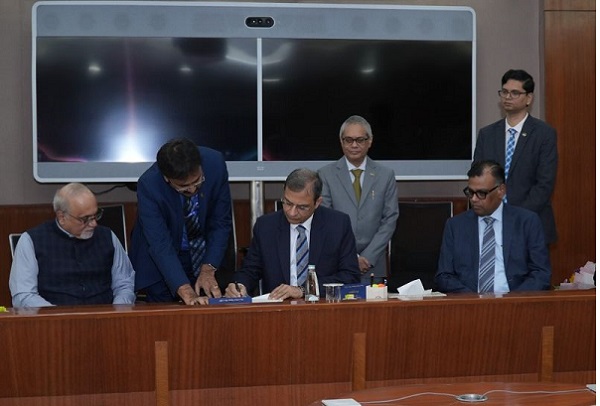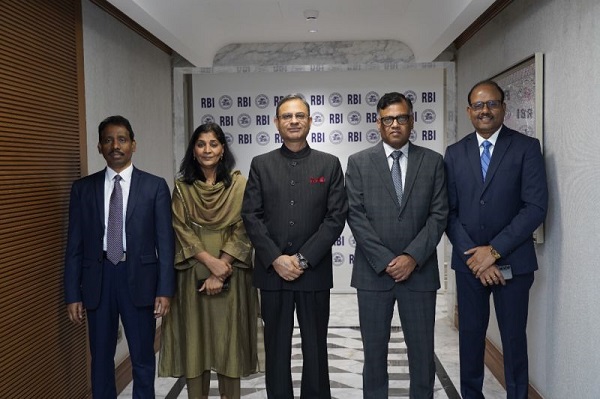.png)
Fitch Lifts India’s 2025–26 Growth Forecast to 6.9% on Resilient Domestic Demand
Fitch has raised India’s 2025–26 growth forecast to 6.9%, citing resilient domestic demand and strong services momentum. While trade tensions with the United States pose risks, household spending and policy support are expected to anchor growth.

September 10, 2025 at 6:11 AM IST
Fitch Ratings has revised India’s GDP growth forecast for 2025–26 to 6.9%, citing stronger-than-expected momentum in the first half of the fiscal year. The new estimate, raised by 40 basis points from its June projection of 6.5%, reflects the resilience of domestic demand, particularly in services and consumption.
Growth in April–June surged to 7.8% year-on-year, accelerating from 7.4% in the previous quarter and well above Fitch’s earlier forecast of 6.7%. The services sector was the key driver, expanding 9.3% compared with 6.8% in the January–March quarter. On the expenditure side, both private and public consumption provided significant support.
Fitch noted that the wedge between nominal and real GDP growth narrowed considerably, with the GDP deflator at just 0.9%, its lowest since late 2019. This unusual divergence raises the possibility of real growth being overstated, as has historically been the case during periods of weak wholesale and commodity prices. Should prices recover, part of the current strength in real growth may unwind.
Even so, forward-looking indicators suggest activity remains robust. Purchasing Managers’ Index surveys continue to point to expansion, while industrial output accelerated in July.
The global rating agency expects the recent reforms to the Goods and Services Tax, effective from late September, to provide a modest boost to consumer spending over the remainder of this fiscal year and into the next.
Risks to growth persist. Trade tensions with the United States have escalated, with Washington imposing an additional 25% tariff on Indian imports. Fitch expects these measures to be negotiated lower, but the uncertainty could weigh on business sentiment and investment in the near term.
Despite these risks, Fitch anticipates domestic demand will anchor growth through 2025–26. Real income gains are supporting household spending, while looser financial conditions are expected to encourage investment. Growth is projected to moderate in the second half of the fiscal year, before easing further to 6.3% in 2026–27 and 6.2% in 2027–28 as the economy settles closer to potential.
On prices, headline inflation fell sharply to 1.6% in July, the lowest since mid-2017, helped by subdued food prices and strong agricultural output. Core inflation slipped below 4% for the first time in six months. Fitch expects food price pressures to remain weak, with inflation likely to edge up only gradually to 3.2% by end-2025 and 4.1% by end-2026.
The Reserve Bank of India is expected to cut rates once more by 25 basis points before year-end, as it monitors the impact of policy easing already delivered. Rates are likely to remain steady through 2026, before a gradual tightening cycle begins in 2027.
Globally, Fitch has made only modest upgrades to growth forecasts, projecting world GDP at 2.4% in 2025, up 20 basis points from the June forecast but down from 2.9% last year. The United States is slowing as higher tariffs and weaker job growth weigh on consumption, while China’s exports remain resilient despite tariff shocks.



